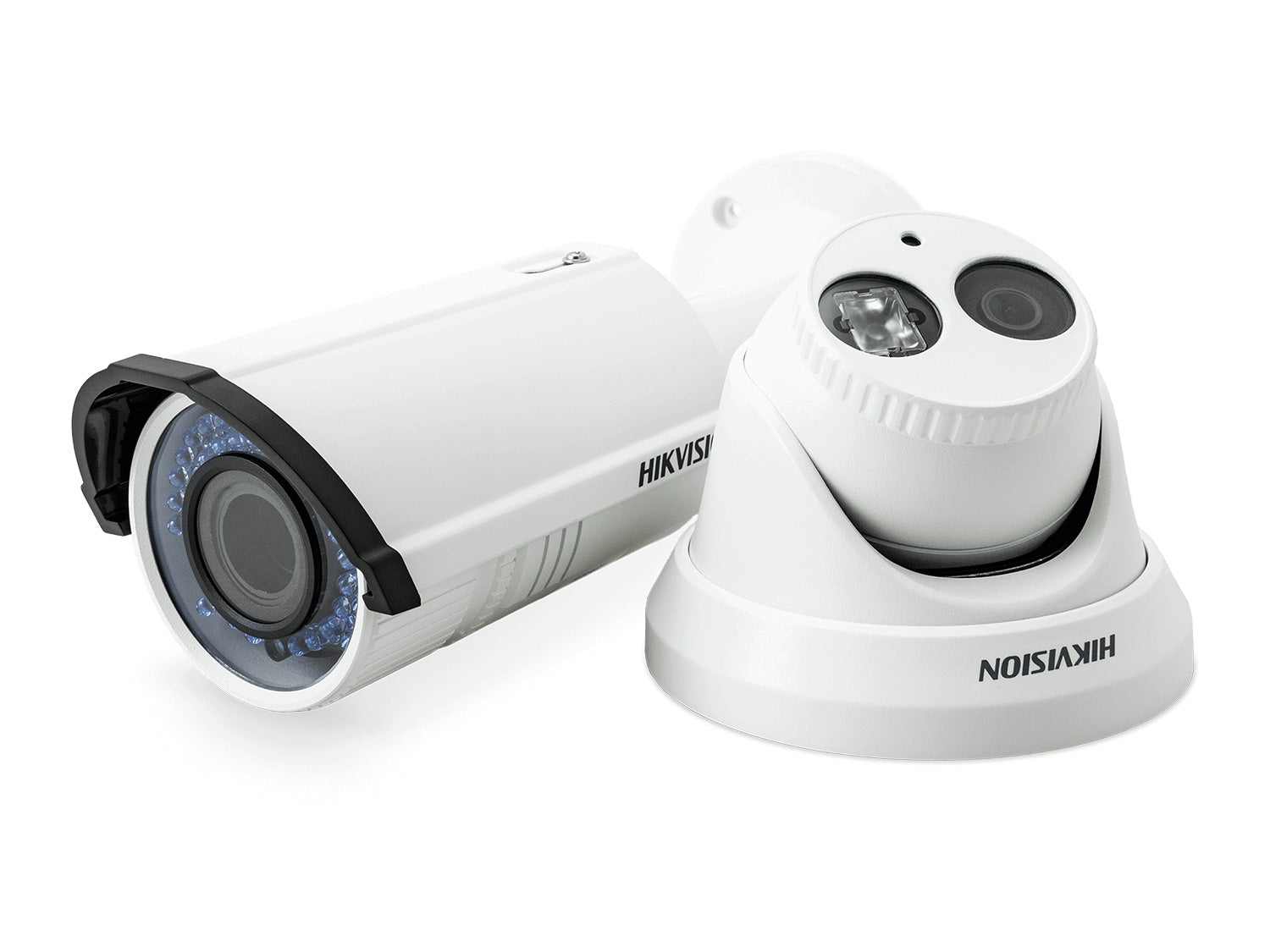
Using Hikvision ANR to backup CCTV footage
A crime has taken place on your property, but when you try and check the recorder for footage in the morning you find it lost power at some point in the night. Was there a power cut? Did the network just go down? Or was this done by the criminals? It’s a nightmare situation for any business owner, even when your property has extensive camera coverage. Even when an NVR is effectively hidden, there is still a chance that determined criminals can cut the network, cutting off the cameras from the recorder. So how can you backup CCTV footage to you protect against this?
Introducing Hikvision ANR
Luckily, Hikvision’s years of in-the-field security experience have helped them develop an elegant solution. All of their IP cameras fitted with on-board MicroSD storage now come with a feature called Automatic Network Recovery – or ANR – as standard. When activated, this tells the camera to start recording footage to the memory card as soon as it loses its connection to the recorder. No network link is required to do this, so it means the camera can act as a completely standalone device whilst the recorder is down. Crucially, once the connection to the NVR is restored, the camera will automatically back up the footage from the memory card onto the hard drive, effectively filling in the gap in coverage from when your recorder was down.

It’s a really quick job to set up ANR from the NVR, just follow the menus:
- Web configuration > Storage > Schedule Settings > Advanced

Then just tick the selection box for “Enable ANR“. For the most effective redundancy, you can also combine ANR with pre-record. When this is turned on, the camera will start the recording from just before the connection to the recorder is lost, potentially capturing the reason for the system going down. There is no limit to the number of cameras on a recorder using ANR, so as long as your cameras have MicroSD cards, you can have it activated on every single camera and not lose a single moment of footage during an outage.
Powering the cameras
One extremely important thing to mention for setting up ANR – you need to keep the cameras powered. Whilst this may seem obvious, bear in mind that most modern IP cameras will be drawing power from the recorder or a switch using Power-over-Ethernet (PoE). Whilst this allows for a simple installation with reduced wiring, it does mean that, should the connection to the recorder be lost, the camera will also lose it’s power supply. Because of this, if you want to use ANR, you need to make sure each camera is also connected to the mains with an individual power supply. Most Hikvision cameras will have an external 12V power input even if they’re designed to run with PoE.
Real-world case study: Caught red handed
It can be easy to think about security as an abstract when talking about these features, but they can provide serious results when set up and running in the real world. One dramatic actual case that really drives this home was provided to us by Hikvision. During a police investigation in a murder in a shop, detectives found that the on-site CCTV recorder was empty, apart from a small amount of footage of two men adjusting settings on the recorder. It appears that the men had completely formatted the recorder’s hard drive in an attempt to erase any evidence picked up by the shop’s cameras.
Little did they realise, however, that cameras in the shop had been using ANR. As soon as they formatted the HDD inside the recorder, the connection was lost, and the standalone recording automatically kicked in. As the camera had been set with a 30 second pre-record, they actually caught on footage the moment when the criminals tried to erase the evidence, and then left the premises. As soon as the connection to the recorder was back up, the ANR sent the incriminating clip back to the NVR. As a result, the recorder was holding footage of the very moment that it was wiped! The police were able to use this clip to immediately pick up and charge the suspects.
Redundancy for larger systems
ANR is an essential feature if your recorder is located somewhere where vandalism or tampering is a concern. But what if you need more redundant storage than is possible using memory cards? Or what if it’s just not possible to individually run power to every single camera? Luckily Hikvision has also designed N+1, a system that lets you set up an entirely separate NVR as an automated backup. This is designed specifically for larger IP camera systems that already use multiple recorders. By activating the “Hot Spare” feature in the configuration menu, you can designate one NVR as the backup, and then add it to each recorder in the system. This backup recorder will kick in as soon as it detects that one of the main recorders is offline. Once the recorder is up and running again, then the footage is automatically transferred across. If more than one recorder goes down, the backup will take over the first one to fail. This is not only a great way to protect against tampering, but also acts as an effective contingency in case one of your recorders suffers a hardware fault.

